As an alternative to @Bernd's answer: You could modify your image names to a standard naming scheme using incremental numbers. You could then retrieve the image URLs dynamically, like so:
Example image names:
image_0.jpg
image_1.jpg
image_2.jpg
image_3.jpg
Some example Java code to generate a random image filepath:
//The amount of images you have stored
int maxImages = 4; //Amount of images
Random random = new Random();
//Randomly generate a filepath to an image
String imageFilePath = "image_" + random.nextInt(maxImages) + ".jpg";
You can then use your generated imageFilePath with FireBase Storage's getDownloadUrl() to retrieve the proper download URL. You can then pass the URL to Glide, Picasso, or another image download library to load it into your ImageView.
Advantages
Only have to use Firebase Storage to achieve your goal
Less overhead on the database, don't have to maintain a list of images there
Disadvantages
You have to control the image names tightly, no custom image names
You have to have a fixed number of images
Could break if you delete an image without changing other image names
Retrieving the URL will throw an exception if the image couldn't be found (e.g. if the random number is out of bounds)

